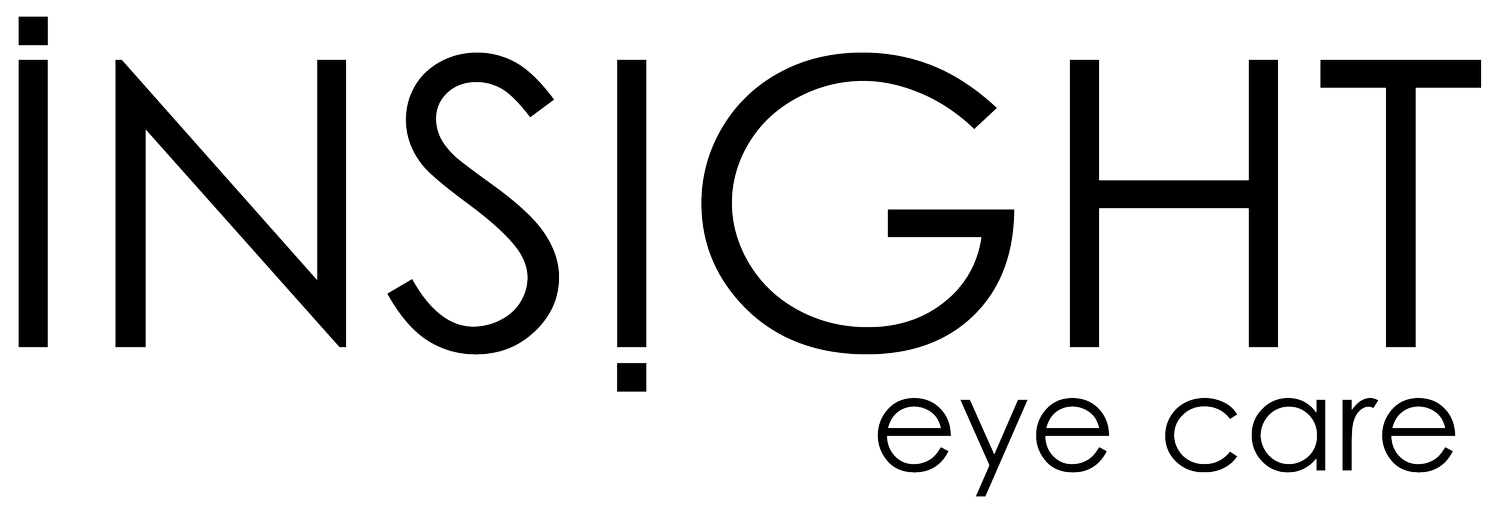Why Measuring Axial Length Matters in Myopia: A Clear Explanation
Dr. Diana Balcarras Berg, B.Sc., O.D
Myopia, commonly known as nearsightedness, is a vision condition that affects millions of people worldwide. If you're concerned about myopia or want to better understand this condition, one crucial aspect to consider is the measurement of axial length. In this blog, we'll break down why measuring axial length is vital in managing myopia and maintaining healthy eyes.
Understanding Myopia
Myopia occurs when the eye grows too long or when the cornea (the front part of the eye) is too curved.¹ This causes light to focus in front of the retina, rather than directly on it. As a result, people with myopia can see objects up close clearly, but distant objects appear blurry.
The Role of Axial Length
The axial length of the eye is the distance from the front (cornea) to the back (retina). It's like measuring the length of a camera's lens. In the context of myopia, the axial length is a critical factor because it directly influences the eye's focusing power.
1. Predicting Myopia Progression
Measuring the growth of the eye helps optometrists predict how myopia may progress in an individual. If the axial length increases over time, it's an indicator that myopia is worsening. This information is essential for planning appropriate treatments and interventions to slow down or manage myopia effectively.
2. Customizing Treatment
Knowing the axial length allows your optometrist to tailor myopia management strategies. Different individuals may require different approaches, such as prescription eyeglasses, soft contact lenses, pharmaceutical eye drops or specialized orthokeratology lenses. By customizing treatment based on axial length, eye care professionals can optimize the visual outcome for each patient.
3. Assessing Treatment Efficacy
If you or your child is undergoing myopia management, regular measurements of axial length help gauge the effectiveness of the chosen treatment. If the axial length remains stable or increases more slowly, it's a positive sign that the intervention is working as intended. If axial length continues to increase too quickly, your optometrist can use that information to pivot the treatment plan based on the specific findings.
4. Monitoring Eye Health
Measuring axial length is not just about addressing vision correction; it's also about safeguarding eye health. High myopia, or severe nearsightedness, can increase the risk of eye problems like retinal detachment, cataracts, and glaucoma. By keeping an eye on axial length, eye care providers can identify potential risks early and take preventive measures.
What Does Insight Eye Care Do?
Measuring the axial length of the eye is a vital tool in the management of myopia. A unique and convenient feature of Insight Eye Care is that we use a highly sophisticated device called the “MYAH” to take these precise measurements right here on-site. It is a quick and painless measurement that provides invaluable information. We use the axial length data to predict myopia progression, customize treatments, monitor eye health, and assess the effectiveness of interventions. The ability to take these measurements on-site without travelling to a research centre is a huge benefit of doing your myopia managment care at Insight Eye Care.
So, the next time you visit Insight Eye Care, be sure to discuss axial length measurements as part of your myopia management plan. With the right approach, you can enjoy better vision and protect your eye health for years to come.








